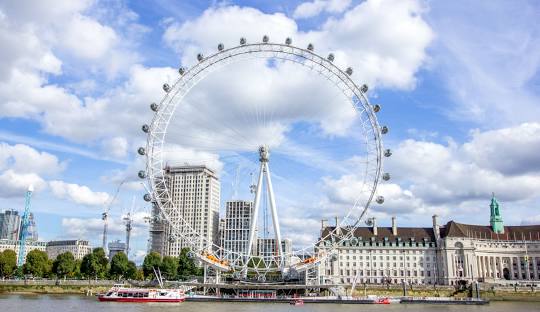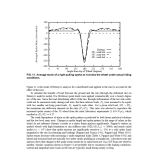EngTipper.
Structural
Lets say you have a square spread footing with a column with a small moment and large axial load such that the entire surface under the footing is pushing up on the footing (i.e. e<B/6), and the gravity load in this case is only due to the superstructure (not the footing or soil self weight). Will there be any tension in the top of the footing at all?
I'm thinking maybe locally in order to distribute the moment from the top of the footing to get the expected bearing pressure, that there may locally be tension at the top?
In the case that soil/footing self weight is required to keep e<B/6 (i.e. not enough gravity load from the superstructure itself to keep e<B/6)) i'm of the opinion top steel is definitely required (or concrete tensile design).
Thanks
I'm thinking maybe locally in order to distribute the moment from the top of the footing to get the expected bearing pressure, that there may locally be tension at the top?
In the case that soil/footing self weight is required to keep e<B/6 (i.e. not enough gravity load from the superstructure itself to keep e<B/6)) i'm of the opinion top steel is definitely required (or concrete tensile design).
Thanks

![[lol] [lol] [lol]](/data/assets/smilies/lol.gif)

![[thumbsup2] [thumbsup2] [thumbsup2]](/data/assets/smilies/thumbsup2.gif)
![[smile2] [smile2] [smile2]](/data/assets/smilies/smile2.gif)
![[yinyang] [yinyang] [yinyang]](/data/assets/smilies/yinyang.gif)
